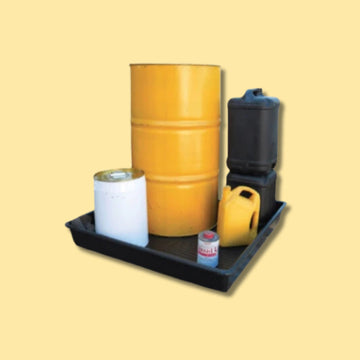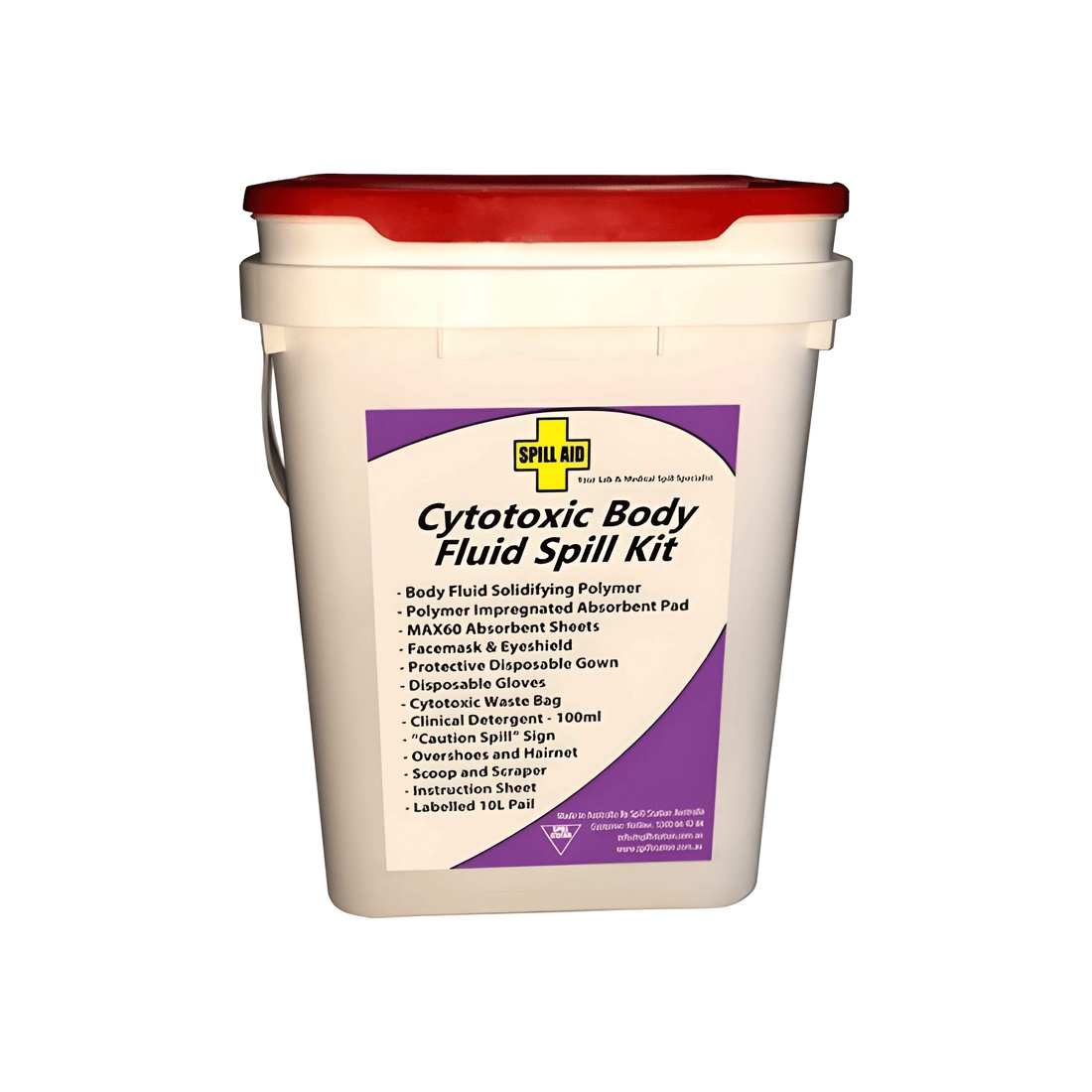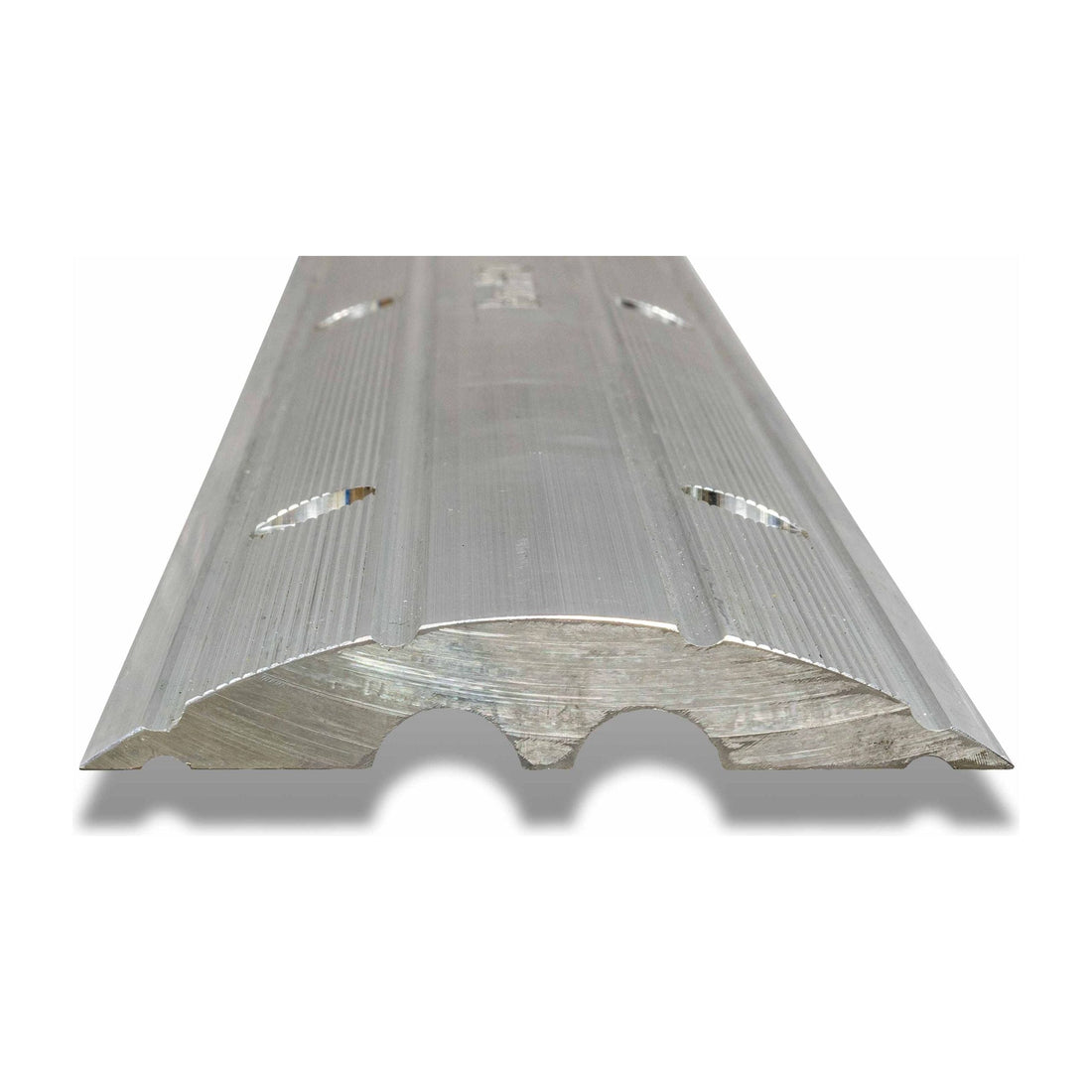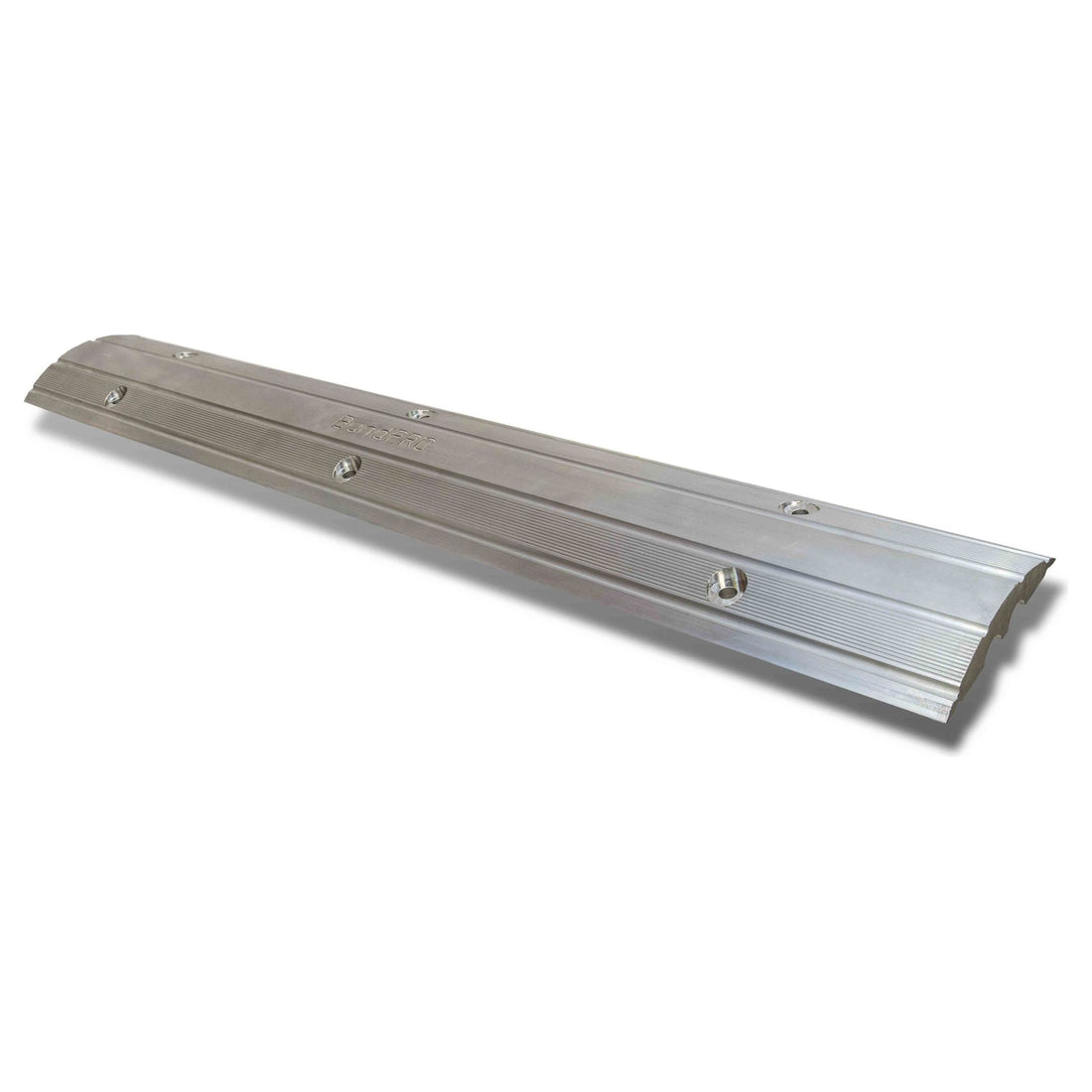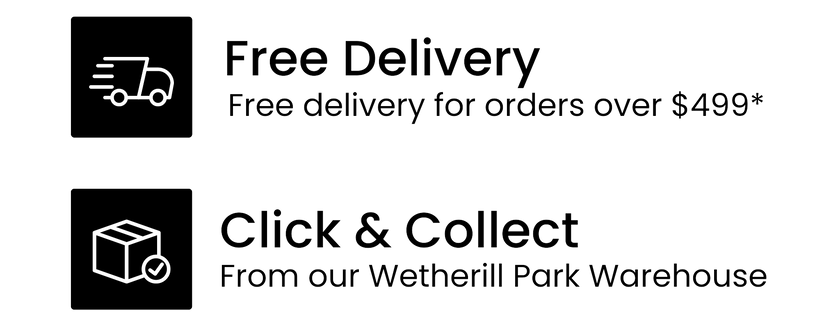Free Shipping Orders above $499
5% Price Beat Guaranteed
324,985+ Happy Customers
92% of orders delivered within 2 business days
Spill Control
Filters
Filter products
Cytotoxic Body Fluid Spill Kit
In Stock
Laboratory Spill Response Kit
In Stock
BundPRO - Aluminium Bunding
In Stock
Oil Fuel Spill Kit - 240L
In Stock
Hazchem Spill Kit - 120L
In Stock
Spill Pallet - 230L Sump (4-Drum Square)
In Stock
90 Degree Compressible Drive-over Bunding Corner
In Stock
SLURRYTUB Portable Filter System Kit (Tub & 1x Filter 6 Pack)
In Stock
Mineral Sponge Granules | 15kg
In Stock
Associated Categories
Our Videos
Discover our product usage and instructional videos




Frequently asked questions
What is spill control?
Spill control refers to the methods and procedures used to prevent, contain, and manage accidental releases of hazardous materials or pollutants.
Why is spill control important?
Spill control is essential for protecting human health, the environment, and property from the adverse effects of spills. It helps minimize contamination of soil, water sources, and air, as well as preventing injuries and property damage.
What are common sources of spills?
Common sources of spills include leaks from storage tanks, pipelines, transportation vehicles (such as trucks or trains), industrial processes, and mishandling of hazardous materials.
- Featured
- Best selling
- Alphabetically, A-Z
- Alphabetically, Z-A
- Price, low to high
- Price, high to low
- Date, old to new
- Date, new to old
Spill control refers to the measures and protocols put in place to prevent, contain, and manage accidental spills of hazardous substances or pollutants.
It involves the use of preventive measures such as proper storage, handling, and transportation practices to minimize the risk of spills. In the event of a spill, spill control includes immediate response actions to contain the spill, mitigate its impact on the environment and human health, and safely clean up and dispose of the spilled materials. Spill control procedures aim to protect workers, the public, and the environment from the adverse effects of spills, including contamination of soil, water sources, and air pollution.






